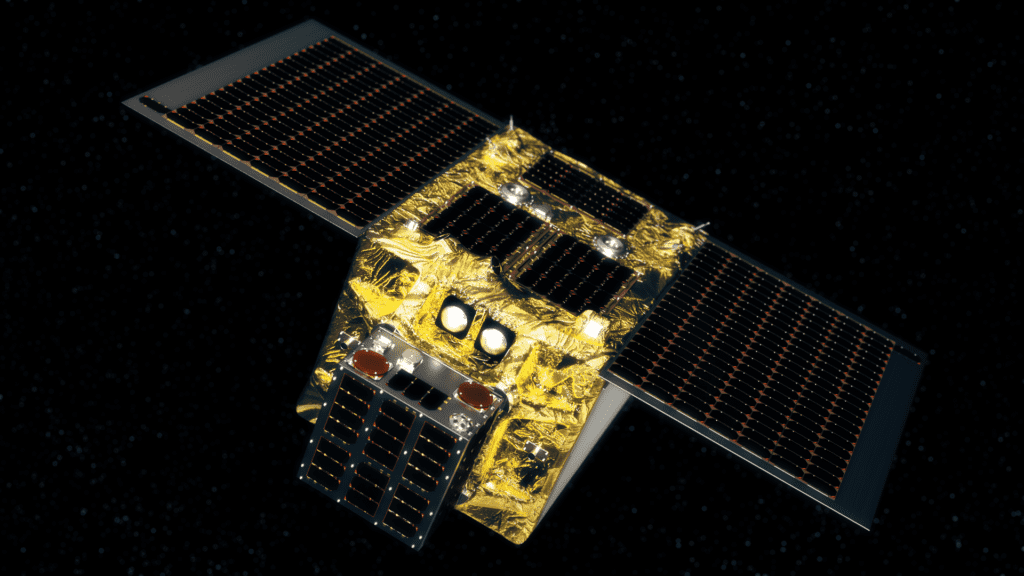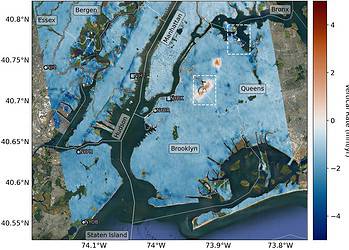A rocket blasted off last Saturday from the Baikonur Cosmodrome in Kazakhstan, and it could lead to a much cleaner orbit around our planet.

Known as the End-of-Life Services by Astroscale or ELSA-d, the mission aims to test a theoretical approach to cleaning out space junk. The craft will look for dead satellites around our planet, attach to them, and slowly push them towards our planet so they burn up in our atmosphere. According to Astroscale, the Japan-based company behind this mission, there are over 8,000 tons of debris in the Earth’s orbit, which represents a very real threat for services such as weather forecasting, telecommunications, and GPS systems.
Decommission mission
The mission will be trying out a new approach that involves using magnetic docking to capture space junk. While no actual junk will be captured just yet, two satellites — a ‘servicer’ and a ‘client’ satellite — were launched into orbit to test the approach. As part of ELSA-d, the servicer will release and then try to re-capture the client, which, essentially, serves as a mock piece of space junk.
This catch and release process will be repeated over the next six months. The UK-based ground team will use data from this step to improve the satellite’s ability to lock onto and dock with its targets.
One important thing to note is that the satellite isn’t meant to remove the clutter that is already in orbit. Rather, the team is after future satellites that, they say, will be equipped with special docking clamps before launch.
Space debris are a growing problem, one which can impact our lives in quite unpleasant ways. Taken to the extreme, such cluttering could even prevent us from ever leaving the Earth again — but we’re not there yet. For now, they just risk impacting and downing our satellites, meaning services that rely on orbital networks, such as GPS and mobile phones, are also at risk. They’re also a hazard to astronauts and other missions.
According to NASA, there are at least 26,000 pieces of space junk in orbit about the size of a softball. Going on along at roughly 17,500 mph, each could “destroy a satellite on impact”. Apart from that, another 500,000 pieces of debris represent “mission-ending threats”, the report adds. The rest, estimated at more than 100 million pieces, are around the same size as a grain of sand. That’s not to say they’re harmless, however — each could pierce a spacesuit
Clearing the Earth’s orbit would go a long way towards keeping us safe and happy, both on the surface and in space. Taking down what’s already there is, obviously, a very sensible approach; but so is limiting how much junk we’ll be putting there in the future. Missions such as ELSA-d showcase how we can prepare for a more sustainable use of outer space, an element that will only grow in importance as humanity makes bolder steps towards the stars.






